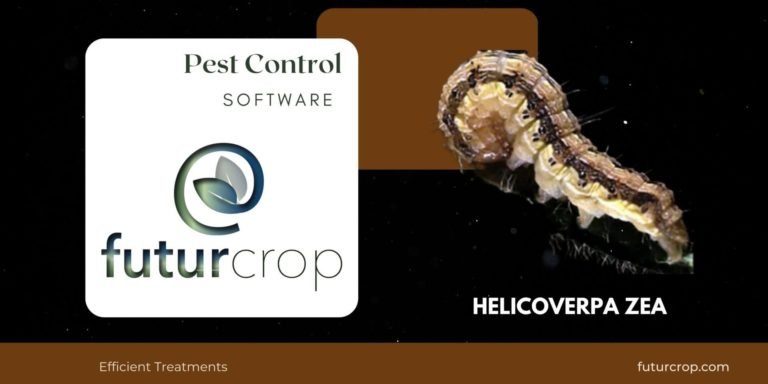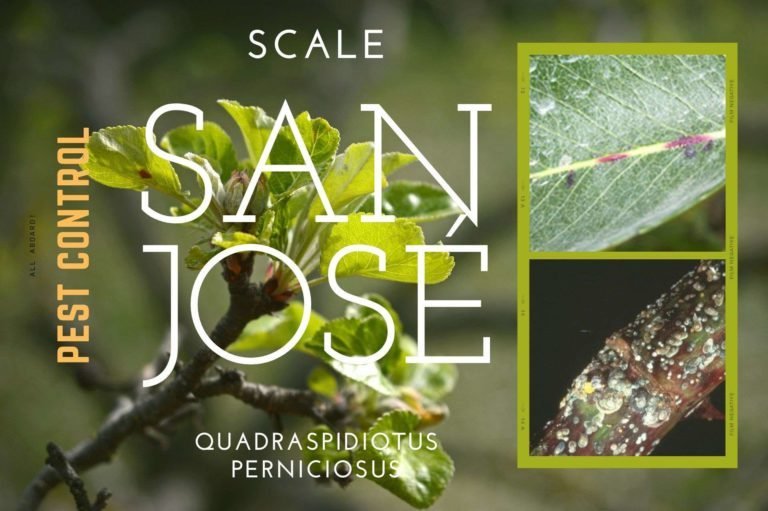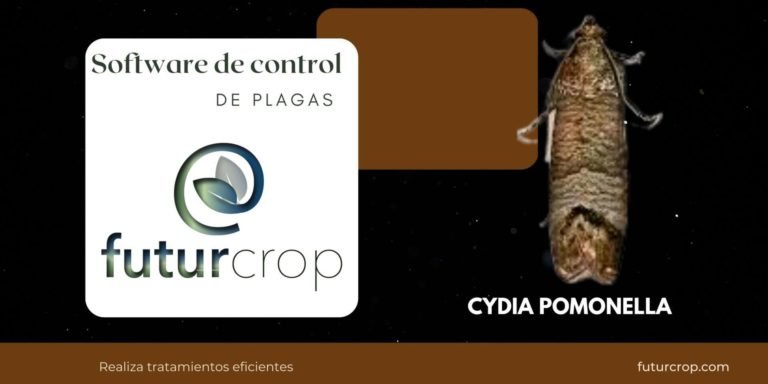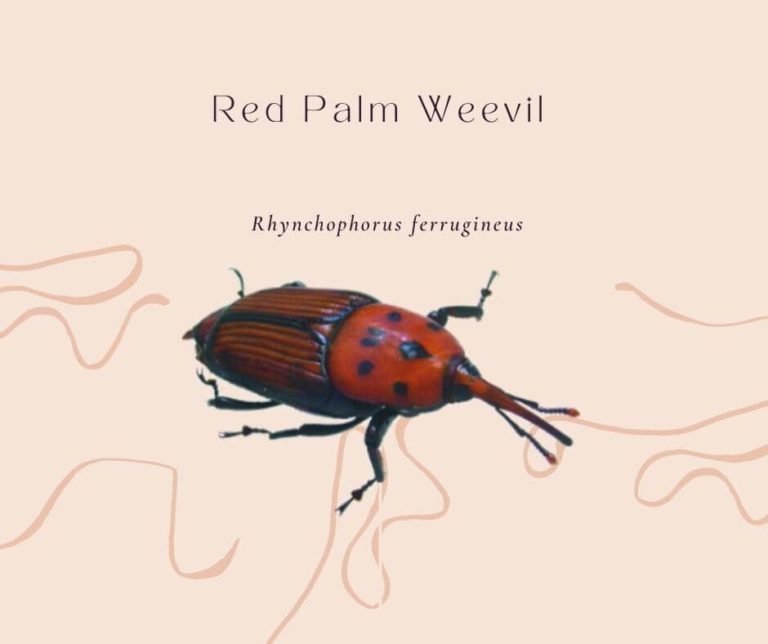
Corn worm control
Common name Corn worm, bollar worm, cotton worm, tomato fruit worm. Crops and ornamentals Apricot, Plum, Peach, Nectarine, Cherry, Apple, Pear, Almond, Walnut, Endive, Tomato, Potato, Cauliflower, Pepper, Chard, Eggplant, Broccoli, Onion, Cabbage, Brussels sprouts, Pea, Beans, Hazelnut, Chestnut, Corn, Rose, Strawberry, Raspberry, Leek, Radish, Orange, Celery, Alfalfa, Pistachio, Fennel, Parsley, Carrot, Chile, Paraguayan Time of treatment Perform treatments that affect the larvae of first and second instars. Life cycle states calculated by FuturCrop Phenological integral of the corn worm in a corn field 2022 Information about the Corn Worm. Calendar of biological events of the corn worm in a cornfield, 2022 Images of the pest EPPO Global Database Home Discover FuturCrop How It Works Informed decisions Pests FAQ About us Company Press Contact Blog Price Log in





